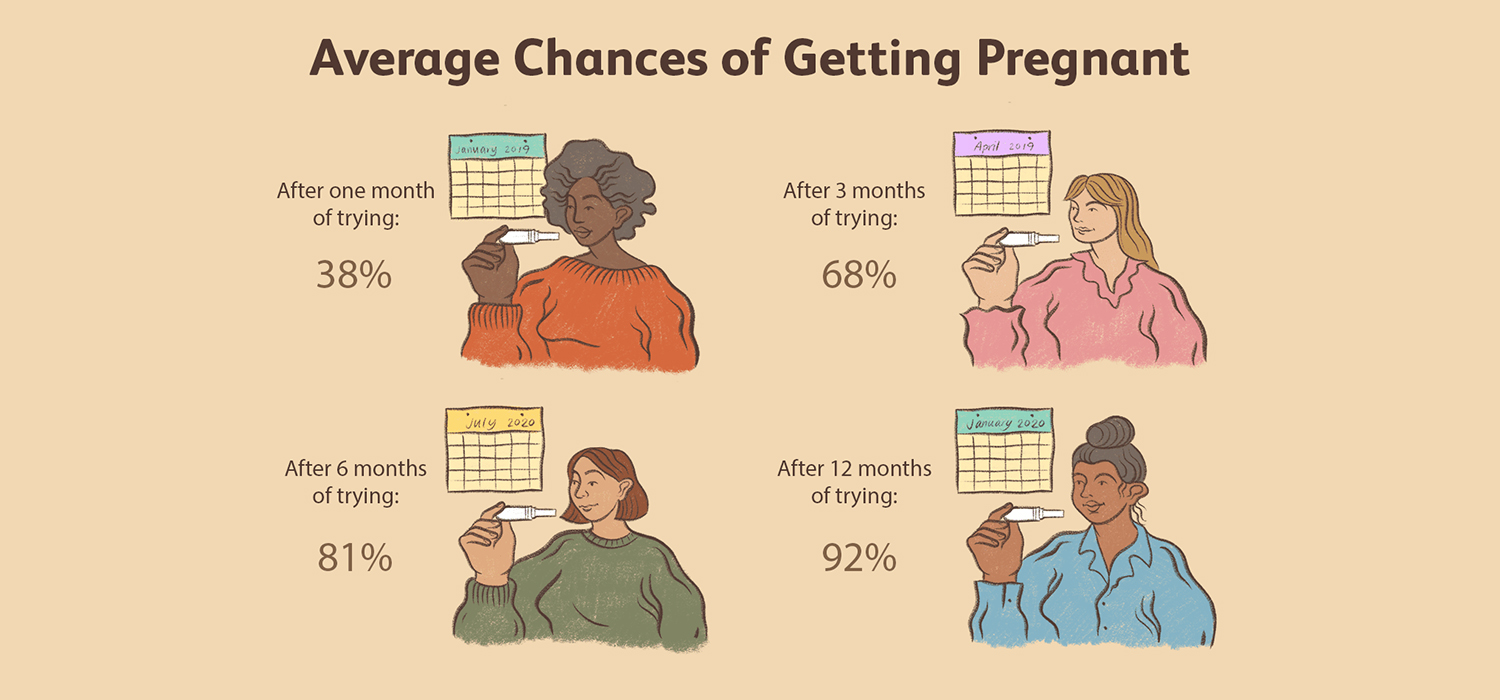Evaluating Female Infertility
According to accepted definition, a couple in the reproductive age, is termed as infertile when they fail to conceive within 12 months of unprotected sexual intercourse.
When should infertility be investigated?
Investigations for the cause of infertility are recommended when the couple fail to conceive after one year of unprotected intercourse, when the age of the female partner is less than 35 years.
If the woman is over 35 years of age, then investigations are begun if the woman has not conceived within six months of unprotected intercourse.
However, if the woman is over 40 years investigations are begun immediately irrespective of the duration of co-habitation
What are the indications for earlier evaluation of female infertility?
- • Earlier investigations are warranted in the presence of Irregular menstrual cycles, Cycle length less than 21 days or over 35 days, Intermenstrual bleeding.
- • Presence of associated abnormalities like polyps, fibroids, previous pelvic surgeries etc.
- • Presence of significant male factor infertility.
- • Suspected endometriosis
- • Difficulties in having intercourse- Physical or psychological
- • Presence of genetic abnormalities in either parent, which might get transmitted.
What are the factors in the female partner that can affect her fertility?
Age is the most important factor that can impact the fertility of a woman. This is because women are born with all the eggs that they can ever produce in their life time!! These eggs are in a constant state of atresia (dying out) and hence are lost regularly. This loss of eggs suddenly becomes more pronounced after the age of 35-37 years. Unfortunately, there is no modality of treatment possible to increase the number of eggs present in woman.
Hence assessing the ovarian reserve forms a very important aspect of female infertility evaluation.
BMI (Body mass Index, calculated on the basis of height and weight of the woman), smoking, presence of other conditions like endometriosis, polyps, PCOS, fibroids and medical conditions like uncontrolled hypertension, diabetes etc impact the treatment of infertility.
What are the causes of female infertility?
Failure of appropriate ovulation ( Production & release of eggs), problems in the tubes that prevent fertilization of the egg and sperm, problems in the uterus like thin endometrium ( lining of uterus), adhesions, polyps, fibroids; general medical conditions like thyroid disorders, uncontrolled sugars and blood pressure are some of the causes for female infertility.
Female causes for infertility accounts for 40 % of cases, while male cause contributes around 30%. In 20-30% couple , the cause will be combined & in 15-20 % the cause is unknown after all the investigations.
How is the Ovarian reserve assessed?
Ovarian reserve implies the possible number of eggs (Oocytes) that may be present in the ovaries and hence can predict the response to medications that are given for the woman.
Testing blood for AMH ( anti-Mullerian hormone) and checking for AFC ( Antral follicle count) on ultrasound on day 2 or day 3 of periods are the important tests for ovarian reserve.
As previously mentioned, age of the patient also impacts the ovarian reserve.
Tests to assess the male partner’s fertility must also be done alongside investigating the woma. This often includes an initial semen analysis after an abstinence of 3-5 days
What are the tests done for evaluating female infertility?
Ovarian factors are assessed by blood tests ( AMH, Serum Estradiol, FSH and Inhibin B) and scan ( Testing for AFC on day 2 or Day 3 of periods)
Tubal causes are investigated by performing HSG ( Hysterosalpingogram- An X-ray/ Fluoroscopic examination to visualise the the uterus and tubes) or SSG ( Saline Sonosalpingogram- Visualization of uterine cavity & patency of uterine tubes by saline infusion and ultrasound examination). Ultrasound-2D and 3D are also good modalities for assessing the uterus. MRI (Magnetic Resonance Imaging) and Laparoscopy are not done routinely but reserved for certain cases.
How are the causes managed?
Anovulation (non-production of eggs) is managed by giving the woman medications to induce ovulation . This is monitored by serial ultrasound and an injection for triggering Ovulation at an appropriate time.
Antibiotics for infections that may be causing tubal/ Peritoneal factors, release of adhesions in the pelvis by performing laparoscopy. Removal of polyps and fibroids implicated in causation can be removed by hysteroscopy and/or laparoscopy.
Unexplained infertility mandates further investigations and tailor-made strategies to manage the couple.
To Conclude….
Exclusive female factors of infertility account foe around 40% cases while in another 15-20% it could be associated with male factors.
Detailed history and examination of the woman guides the clinician to choose the appropriate investigations and plan the treatment.
It is always advisable that the couple must be seen together and understand the basis for investigations and treatment.
The process calls for empathy, patience and good knowledge of the cause, investigations andtreatment.
For more info, Follow : medlineacademics.com
